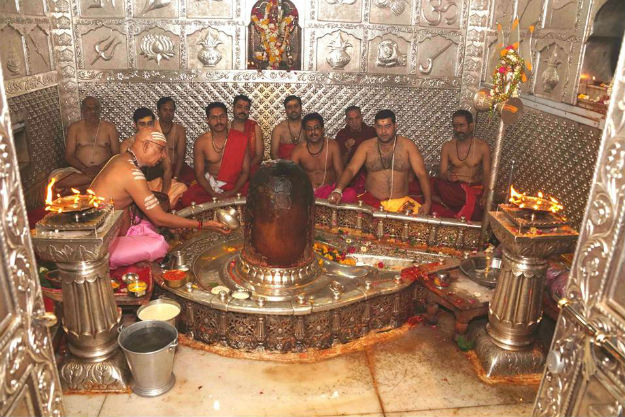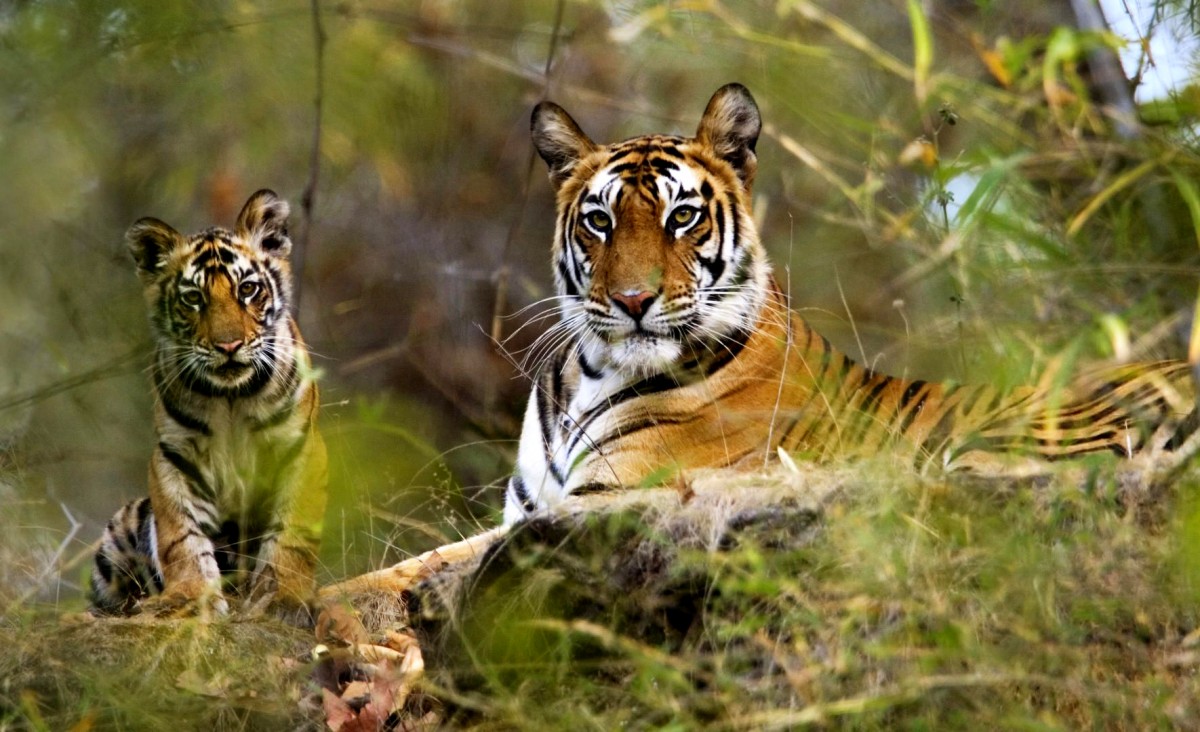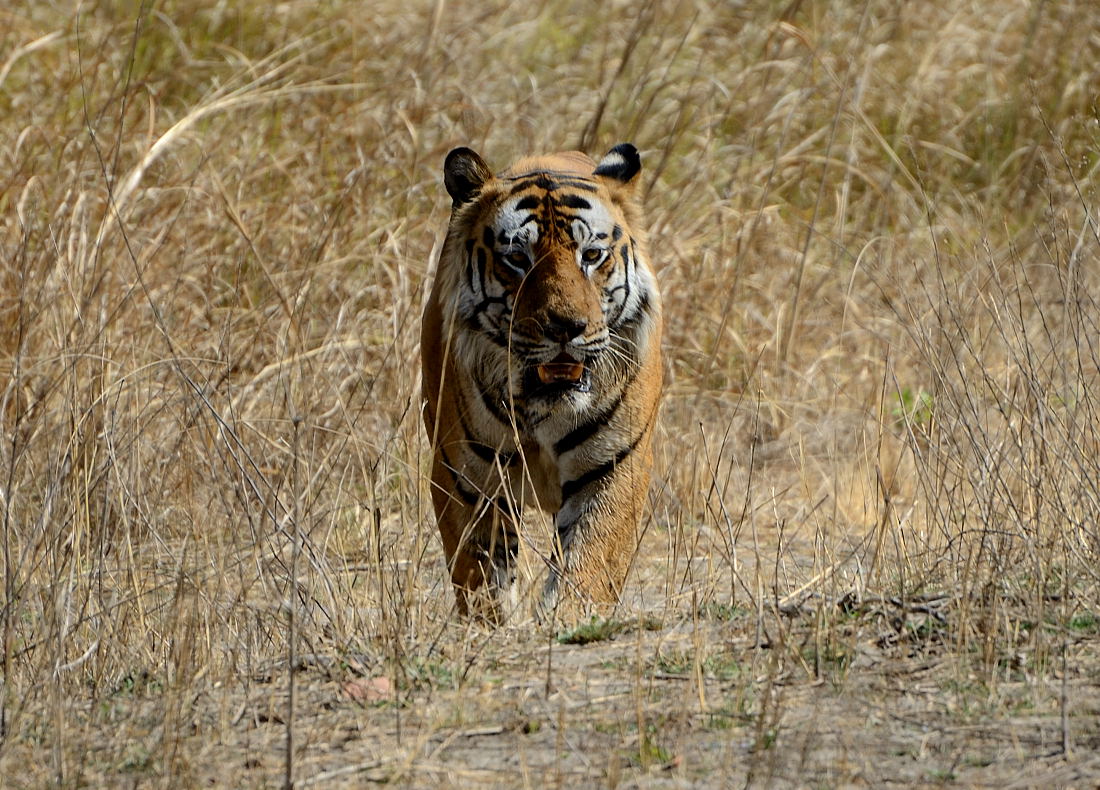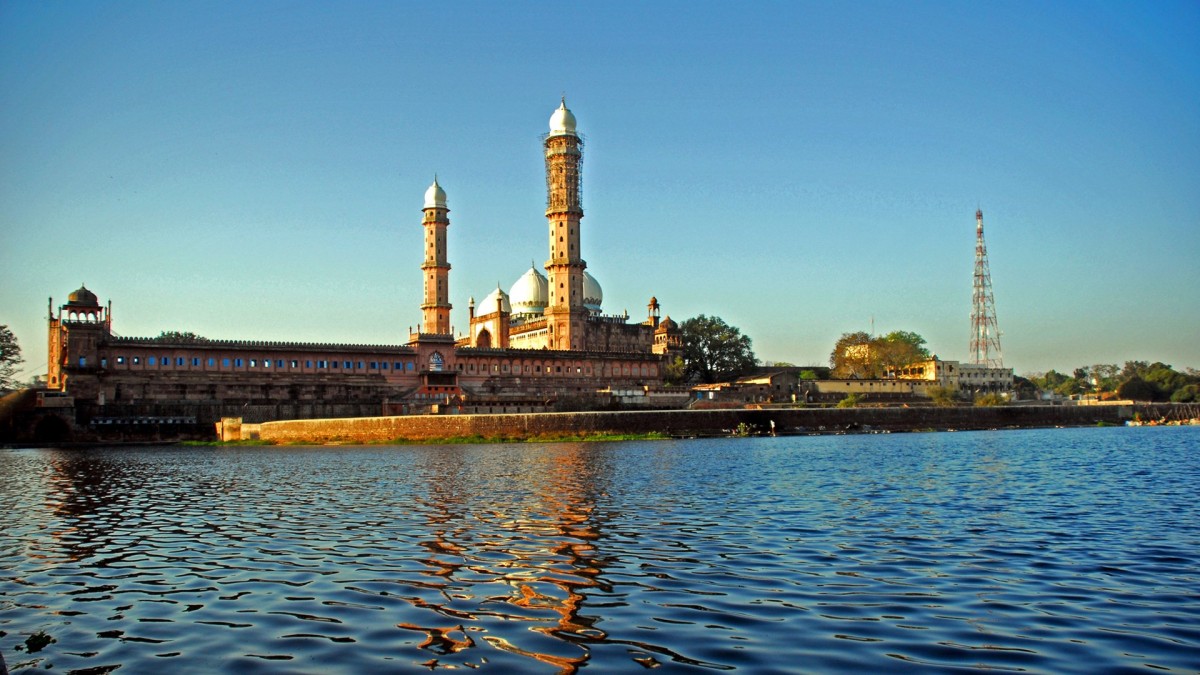
Ujjain Tourism
Historic Perspective
History is interwoven with legend in the ancient town of Ujjain. According to one legend,

Shiva, the Destroyer of the Universe,Ujjain descended to Mrityulok, the land of mortals, to get rid of Ujjain’s demon king, Tripura. Moreover, the blue god Krishna came to Ujjain to study under the great sage, Sandipani Muni, who taught the former in the Sandipani Muni Ashram. Myths apart, excavations at a site about 6km north of the town have revealed pottery and iron objects dating back to the 8th century b.c.
The Great Kingdoms
The period between the 6th and the 3rd centuries b.c. witnessed the rise of ambitious potentates.
They successfully established four great kingdoms, or the Mahajanapadas in North India that included the kingdoms of Avanti, Vatsa, Kausala and Magadha. King Chandra Pradyota Mahasena ruled the kingdom of Avanti, with his capital at Ujjain. In the 4th century b.c., the first Mauryan ruler, Chandragupta I, ruled over Avanti.
The Great Ruler Ashoka Turned Into A Buddhist Follower
In mid-3rd century b. c., Ashoka became the Governor of Avanti (Ujjain) as well as Taxila (presently in Pakistan) at the young age of 18, during the reign of his father, Bindusara. Ashoka ruled his domain with an iron hand and used ruthless means to annex neighbouring areas. His tyrannical ways earned him the dishonour of being labelled as Ashoka, the Terrible. However, he became an ardent follower of Buddhism in 257 b. c. and laid the foundations of a group of stupas (domed structures that house relics of the Buddha) in Sanchi. He also

constructed stupas in Ujjain, which was the first territory he ruled. Ashoka is reported to have built anything between 1,000 to 84,000 stupas, of which only a few remain today. Stone and metal statues of the Buddha have also been discovered in the district, confirming Buddhist influence in and around these areas.
The Golden Age
With Ashoka’s death in 232 b. c., his huge empire started falling apart, making way for Indo-Greek and Scythian rule on Indian soil. The 2nd century b. c. saw one of the many streams of the Sakas entering Madhya Pradesh and founding the line of the Kshatrapa princes in Ujjain. The Kshatrapas of Ujjain traced their descent from Lord Chastana who was related to Ptolemy, the Greek mathematician and astrologer. The Indo-Greek influence spread as far as Mathura and Ujjain, until the establishment of the Gupta dynasty from a. d. 320 to about a. d. 540.
UjjainChandragupta Vikramaditya, the legendary Gupta king who ruled from a. d 380 to 415, defeated Chastana’s grandson and the last ruler of the line, Rudradaman.
Also known as Chandragupta II, Vikramaditya was responsible for starting the Hindu Vikram Samvat era, beginning 57 years before Anno Domini (a.d.: the Christian era). His famous court in Ujjain was noted for its poets and scholars, and included the celebrated poet Kalidasa, the author the immortal drama, Abhigyan Shakuntalam. As a poet, Kalidas was not impervious to Ujjain’s beauty. Another Sanskrit poet felt that Ujjain was “the very home of the golden age; paved with jewels, full of romance, with dancing girls in the temples and love in everyone’s hearts.”
Visitors from Distant Lands
In the 4th and 5 th centuries a. d., Ujjain was an important part of the Gupta Empire. The

prosperous plains of northern India caught the fancy of the Huns, the fearful invaders from Central Asia. Led by Toramana, they stormed into India in a. d. 465 with amazing speed, cutting through land and people and establishing a miniature empire of sorts.
They stayed on till Yashodharmana of Mandsaur came along in a. d. 533 with the sole intent of driving them back. The Huns retreated faster than they had arrived, paving the way for the restoration of Indian rule.
In a. d. 606, Harshavardhana ascended the throne of Kannauj. Harsha’s reign lasted for 41 years, and he is considered to be the last great Hindu king to have ruled over a substantial part of the Indian subcontinent. During his reign, the Chinese pilgrim Hiuen Tsang visited India to study Buddhism. After spending eight of the 15 years of his travel in India in Harsha’s dominion, he gave an interesting account of Bundelkhand, Maheshwar and Ujjain, and described Ujjain as the city of splendours. Harshavardhana died in a. d. 647.
After the Guptas, rival groups ruled the Gangetic Plains. From the 7th century onwards, the Rajputs became politically active on the Malwa Plateau. The Paramaras gained prominence in the 11th century, until the Sultans of Mandu captured their last ruler, Siladitya. Ujjain was invaded and plundered by neighbouring rulers like the Chalukyas of Gujarat, the Chandelas of Bundelkhand and the Rajputs, before being pillaged by invaders from the west.
The Sultans Invaded Ujjain
The Malwa Plateau was overrun by Muslim invasions from the late 12th century onwards. Altamush, the second slave king (reigned from a. d. 1210-36) captured Malwa in a. d. 1234 and sacked Ujjain. In a. d. 1305, Allauddin Khalji, the powerful ruler of the Khalji dynasty of the Delhi Sultanate, captured Ujjain. Muhammad-bin-Tughlaq, the second ruler of the Tughlaq Dynasty, also attacked Central India and brought it under the Delhi Sultanate in a. d. 1327. In a. d. 1351, Firoz Shah Tughlaq ascended the throne of Delhi and appointed Dilawar Khan Ghuri as the Governor of Malwa.
Malwa Ruled By Khalji Sultan
With the usurpation of Malwa’s throne by Mahmud Khan who was aUjjain powerful minister of Malwa, an independent dynasty of the Khalji Sultans of Malwa was established in a. d. 1436. From then on till the appearance of the mighty Mughals, Malwa was the bone of contention between the local Rajput rulers, the Malwa Sultans and the rulers of the Delhi Sultanate.
For a short while, Ujjain was ruled by the Afghan Sur Dynasty under Shujjat Khan and his son, Baz Bahadur who was finally defeated by Akbar in a. d. 1562. Akbar succeeded in subduing most of the regional rulers and took charge, while his grandson Aurangzeb contributed financially to preserve the glory of Ujjain’s ancient temples.
The Final Countdown
By now Ujjain was accustomed to invasions. And yet another one came its way in the 17th century, this time from the aggressive Marathas. With the establishment of Maratha hegemony, numerous temples were constructed, the important ones being the Hara Sidhhi Temple and the Gopal Temple. In a. d. 1750, Ujjain passed into the hands of the Scindias, who later shifted their capital to Gwalior. As a consequence of reorganizing the states on linguistic grounds, Madhya Bharata, or the Central Indian Provinces and other territories were merged to form the new state of Madhya Pradesh on 1st November, 1956.
How to Reach Ujjain
Ujjain is an ancient city of central India, in the Malwa region of Madhya Pradesh. Ujjain is situated on the eastern bank of the Kshipra River and is the administrative centre of Ujjain District and Ujjain Division. In older times the city was referred to as Ujjayini and as per epic Mahabharata Ujjayani was the capital of Avanti Kingdom.

Sightseeing in Ujjain is quite interesting and fun filled as there are an endless number of tourist attraction spots. Every year thousands of tourists from all over the world and from all around India come and visit the beautiful city of Ujjain. The major tourist attraction spots in the city include Mahakal Temple, Kaal Bhairav, Sandipani Ashram, Triveni (Nav Graha/ Shani), ISKCON Temple, Mangalnaath, Harsidhhi (Durga Temple), Chintaman Ganesh and Gadh Kalika.
While planning a tour to Ujjain people need not have to worry about How to Reach Ujjain as the city is well connected by road and rail.
How to reach Ujjain by air: The nearest airport to Ujjain is Indore. There are daily flights from Indore to Mumbai, Kolkata, Delhi, Bhopal and Ahmadabad.
How to reach Ujjain by rail: There are mainly three major railway stations in Ujjain that include Ujjain City Junction, Vikram Nagar and Chintaman (metre gauge). There are regular trains that connect Ujjain to other important cities in India.
How to reach Ujjain by road: The well known bus stations in Ujjain are Dewas Gate and Nana Kheda. The major roads that connect Ujjain to other cities in India include Agar Road, Indore Road, Dewas Road, Maksi Road and Badnagar Road. A huge number of private buses ply on these roads.
Indian Holiday provides its readers with all the necessary information on How to Reach Ujjain so as to help the leisure as well as corporate travelers who are planning a tour to the beautiful city of Ujjain.

















